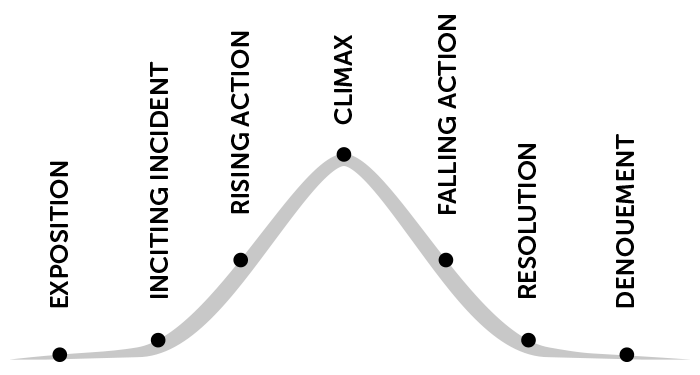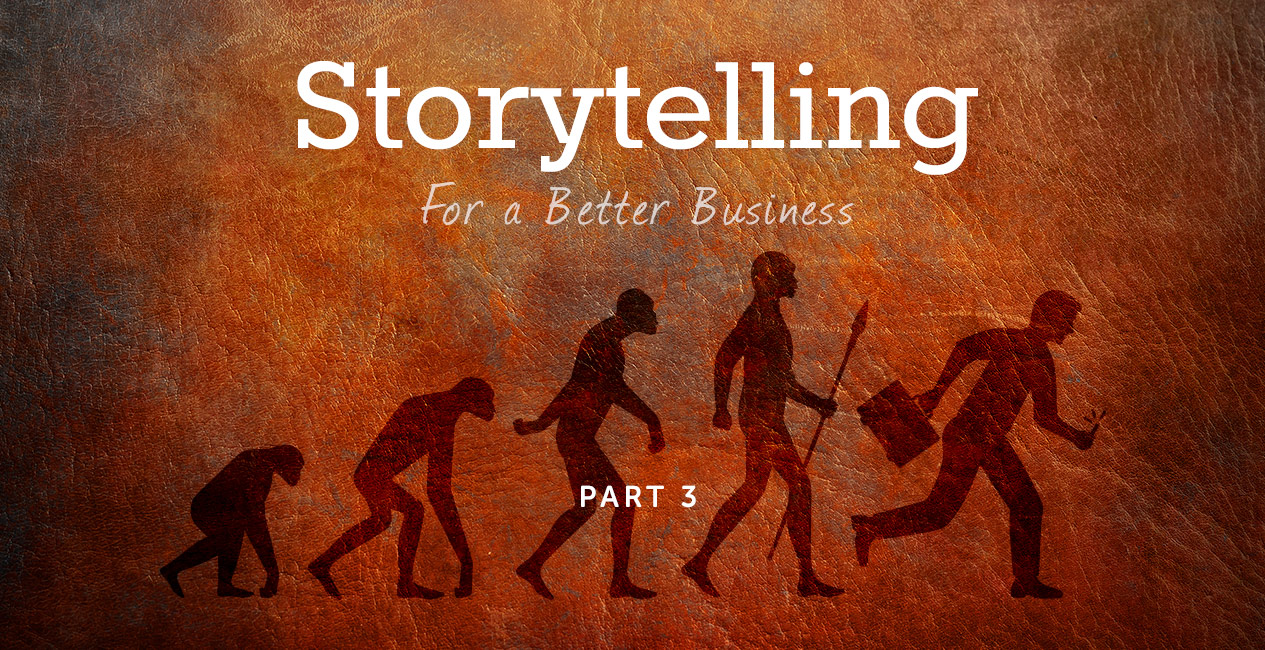Every business has a story that tells where they came from and where they are going. It’s this type of storytelling for your brand that has the power to connect with customers in a much deeper way. When customers hear your story they form a bond to your brand and become the evangelists your business needs.
If you missed part 1 or 2 of this series you can read them here:
Why storytelling for your brand resonates with customers
Using storytelling we can create a medium for the emotional connection to your brand, or the ‘why’ for your company’s existence. Without emotion it’s just data or features. Data lacks a framework and is much more difficult to remember than the emotional power of a story. For a customer to relate to you and your brand they need to see that you have been through the same experiences, emotions and challenges they face every day. Often these are the catalysts for the business you’ve created to solve these problems. Below we take a look at how stories work and how to make them work for you using storytelling for your brand.
Building the parts of your business’ story
Following up on our brief reference to Freytag’s pyramid in part 2, we can now look just a bit more closely at that structure. An effective story requires a few key features, without those you just have a boring tale of some ’thing’ that happened and lacks context or takeaway.
The parts of a story
Since the mid-1800s the plot structure identified by Gustav Freytag has been accepted as the basis for nearly all dramatic works. Freytag’s Pyramid, as it came to be known, is the guideline for a general story arc and those rules still hold true today. The basic parts include:

- Introductory background information (exposition).
- A catalyst event (the inciting incident).
- Increasing tension as the story’s action approaches its crux (rising action).
- The main turning point (climax) — often a confrontation or a moment of realization.
- The initial conflict is solved, tying up loose ends (falling action).
- The story approaches a conclusion where the audience can relax and reflect on what they learned (resolution/denouement).
Freytag’s Pyramid can apply to any of the types of stories mentioned in part two of this series.
How the structure of a story relates to your business and makes it even better
Refining the central storyline of your company and brand will require asking yourself: What, Who and Why.
First, clarify why you do what you do or make what you make. That ‘why’ directly relates to the catalyst and rising action central to your endeavor. It describes the problem your customers encounter and that you aim to solve through your product or service. It will also describes the complications that arose as you worked toward a solution.
Once your ‘why’ is established, work backward. Identify who experiences the same problems as you. This ‘who’ is your market, the people who will empathize with your story, and who will benefit from what you offer. Your exposition should ring true, but should be broad enough to encompass the shared experience of the audience you intend to reach.
Your ‘what’ comes in your resolution, which can act as a “big reveal.” It’s where you summarize: “We faced these challenges, which led us to realize that this product needed to exist. It was developed and made available to solve your problem.”
Apply this to your brand
Think about your story. What are the parts and how can you relate them to your customer? Figure this out then apply the structures described above to tell that story to your customers.
For even more great resources like this, subscribe to our newsletter below.

Really helpful way to help me figure out how to describe our business. I particularly like starting with the why and *ending* with the what. Thanks for that.